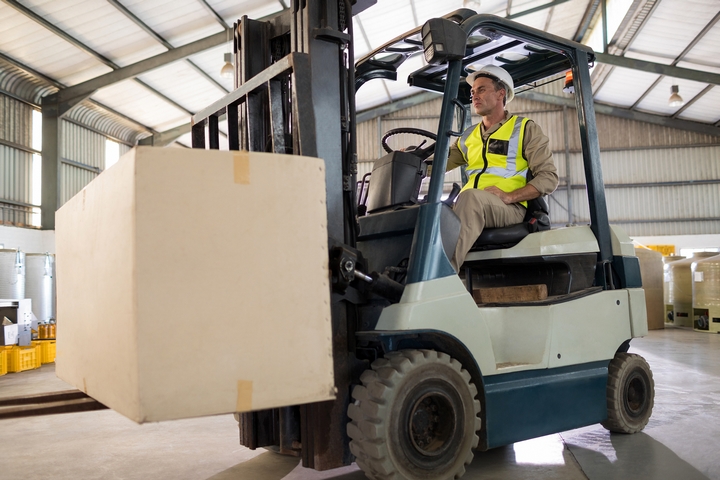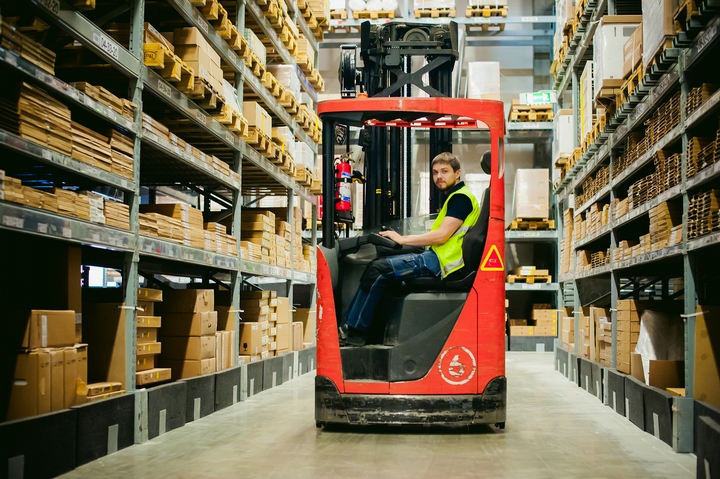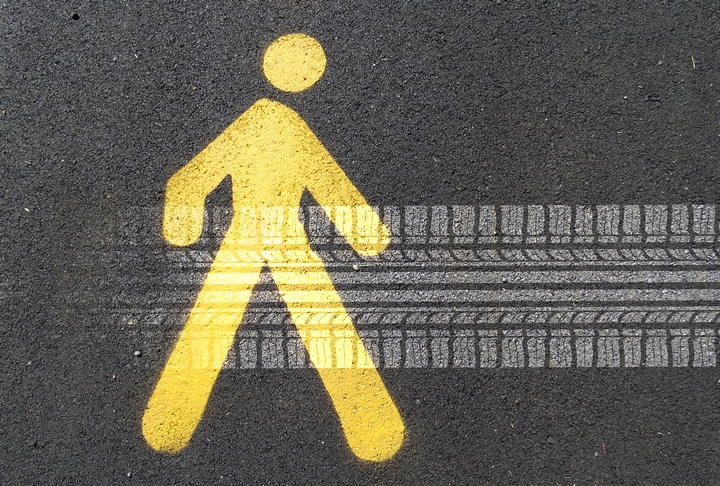Depending on what kind of business you have, you may require someone to drive a forklift for moving materials around as it makes things so much easier and faster. When you are in the material handling industry, there is no choice as you constantly have to move all sorts of materials. You get large shipments to the factory or warehouse.
There is no other way but to use a forklift, or perhaps several. In addition, there will probably be staff using special material handling solutions and equipment as well. Forklifts can cause accidents and even result in fatalities, so here are some tips on reducing them and working in a much safer environment.
1. Qualifications

Though this goes without saying, it is important that only a qualified forklift driver should operate a forklift. These individuals would be properly trained and are authorized to operate a forklift. They must have a licence to do so. Anyone else trying to do so, even though they may be able to drive one should be severely reprimanded so as to set an example. The material that is handled will be heavy and a little inexperience can cause severe injuries if it topples.
2. Inspection Before Shifts

It must be mandatory to inspect the forklift daily, or at least right before a shift. This will help to maximize safety and help ensure the proper functioning of the forklift. Any issues or concerns should be immediately reported to the supervisor on duty and the forklift should not be used until the problem has been resolved satisfactorily.
3. Load Stability

An operator should check to see if the load will be stable and balanced when picking it up, making sure it is completely secure. Further stability will be added if the load is carried all the way back on the forks as opposed to halfway or near the tips, as this would be an accident waiting to happen. On ramps, the heavy load should be higher than the body of the forklift.
4. Capacity

In order to maximize safety, an operator should never overload the forklift. The information on load capacity is available and should be followed at all times.
5. Visibility

It is important that clear visibility is maintained by the operator. This may not always be possible, so in instances where it isn’t, there should be someone else to help to ensure safety and direct the driver. If visibility is restricted, a driver can go in reverse slowly (unless driving up a ramp). Otherwise, when visibility is clear, the load should be carried low and the driver can move forward slowly.
6. Pedestrian Areas

There will be certain areas where there may be higher pedestrian traffic. This is where an operator must be totally focused and go slower in order to look out for passersby. Certain spots are always higher in risk, such as intersections, exits and entrances, so being vigilant and looking out for others as well as sounding the horn will help reduce (or avoid altogether) any accidents or mishaps.
It’s important to also adhere to company policies when it comes to material handling and using the forklift. Regulations pertaining to speed, seatbelts and passengers as well as protective equipment should be followed as well as any other company rules in order to maintain the highest safety during material handling duties.
